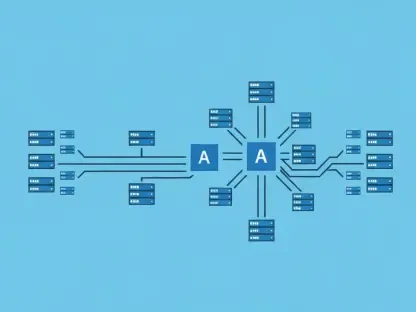The US-based company, Meta, is accused by a former employee of secretly conducting tests on devices with any of its apps installed. George Hayward, who worked at Meta for over three years between 2019 and 2022, alleged the company sued him for refusing to participate in what it calls “negative testing.” In this article, we will explore how negative testing can significantly impact smartphone battery life and overall performance, and how developers can mitigate these effects.
What Is Negative Testing?
Negative testing is a form of software testing to find defects by deliberately providing unexpected or invalid input. Developers use this quality assurance method to ensure an application can successfully solve unexpected challenges without crashing or presenting the user with misleading information. For instance, while a phone is idle or open in a different c,
Facebook and Facebook Messenger activate in the background and run tests. They could be testing a new unreleased feature, uploading a new photo to test network conditions, or similar activities to improve the software performance.
However, these tests have many disadvantages. For example, they can significantly reduce the device’s battery life. And that was one of the concerns George Hayward strongly disapproved of, according to The Register. When he indicated that draining the user’s phone faster could put that person in danger, his colleagues justified that they were “doing it for the greater good.”
“I said to the manager, ‘This can harm somebody,’ and she said by harming a few we can help the greater masses,” Hayward, 33, told the New York Post.
The implications of having shorter battery life on the phones that Meta testing on could be detrimental to the user. In emergencies, where users only have their phones, maximum battery life could be the difference between danger and safety. Hayward was fired from the company in November and immediately sued them. But because of the terms of employment Meta imposed on him, the lawsuit was dropped.
“Meta chose to terminate Hayward as part of an alleged reduction in force to retaliate against him for complaining about Meta’s negative testing. If not for his repeated objections, he would not have been included in the alleged reduction in force,” the suit claims.
Can Negative Testing Impact Smartphone Battery Life and Overall Performance?
Negative testing, a type of software testing, deliberately provides unexpected or invalid input, which can negatively impact a smartphone’s battery life and overall performance.
One of the primary reasons why negative testing can damage battery life is that it can result in increased CPU and memory usage. When an application encounters unexpected input, it may need to perform additional computations or access more data than it would under typical usage scenarios. This increased workload can lead to higher CPU and memory usage, resulting in increased power consumption and reduced battery life.
Additionally, negative testing can impact smartphone performance by causing background processes and services to run for extended periods. For example, if an application encounters unexpected input while communicating with a remote server, it may need to retry the request several times before giving up. This can result in prolonged network activity, and can further drain the battery and slow down the device.
Negative testing can also cause increased thermal stress on smartphone components. When a device is running at high CPU and memory usage levels for prolonged periods, it can generate more heat than it would during standard usage scenarios. This increased thermal stress reduces battery life and leads to decreased performance, as the device’s CPU may throttle itself to prevent overheating.
Check Which Apps Are Gorging on Your Battery
Negative testing can damage smartphone battery life and overall performance. If users are experiencing poor battery life on their Android devices, certain apps may be contributing to the problem. Fortunately, there are numerous ways to check which apps consume the most battery. The easiest way to determine this is to check the Battery Usage section in the settings menu. This feature shows the apps that have been using the battery since the last full charge, along with the percentage of battery consumed by each app.
To access this feature, go to Settings > Battery > Battery Usage. Users must scroll down the list to see which apps are high in energy usage—these apps require optimization. Users can achieve this by activating power saving on their devices or closing apps via the “force stop” button.
Meta’s negative testing for software defects can harm a device’s battery life, CPU, and overall performance.
Ultimately, how Facebook manages these tests and the extent to which they can perform these activities remains uncertain. Fortunately, there are steps users can take to minimize the impact of negative testing until defined barriers are discussed.









